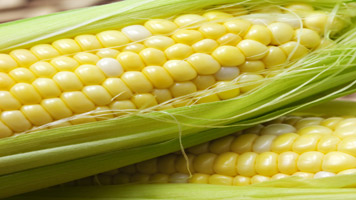Soil Health Minute: A Look at Cover Crops Interseeded Into Corn Last Summer
Category: Commentary, Grains, Miscellaneous
 (AGWeek) – Farmers are taking interseeding corn to the next level with variable rate planting. This week, Abbey Wick of NDSU revisits a field from last year’s Soil Health Minute to see how cereal rye looks that was broadcast into corn at different rates.
(AGWeek) – Farmers are taking interseeding corn to the next level with variable rate planting. This week, Abbey Wick of NDSU revisits a field from last year’s Soil Health Minute to see how cereal rye looks that was broadcast into corn at different rates.
We’re back in a field that we filmed last summer for the soil health minute where a farmer was variable rate seeding his cereal rye into his standing corn at side dress.
He was broadcasting 60 pounds in the lower part of the field and he was broadcasting only 10 pounds on the higher part of the field. His goal was to use higher rates in the lower part of the field where he needed to use moisture, and use lower rates on the upper part of the field where he needed to conserve moisture. So he would get moisture management effectively for each of the soil types in those areas.
Most commonly when farmers are interseeding cover crops into corn, they turn the chopping head off and leave the stalks standing. This helps in decreasing the amount of residue on the soil surface. In the low part of the field, you can see where he has 60 pounds of cereal rye and has formed a nice green mat underneath the corn stalks. On the hilltops where he only has 10 pounds of cereal rye broadcast, he has a less dense stand and he’s conserving moisture.
This year the farmer will plant soybean into this living cereal rye, but he’ll watch it to make sure it doesn’t use too much moisture overall. Interseeding corn is a great way to get cover crops into rotation. And then taking it a step further, using variable rate across the field, can help you manage moisture more efficiently.




